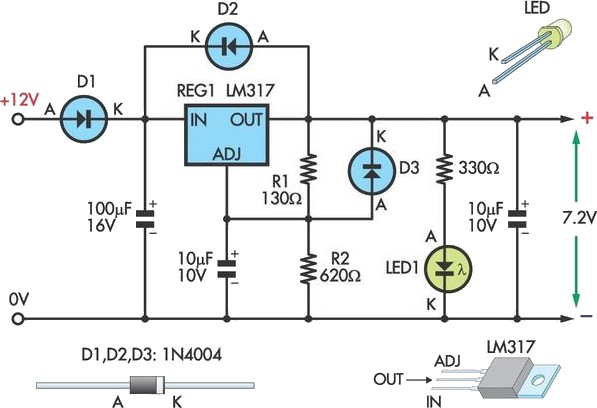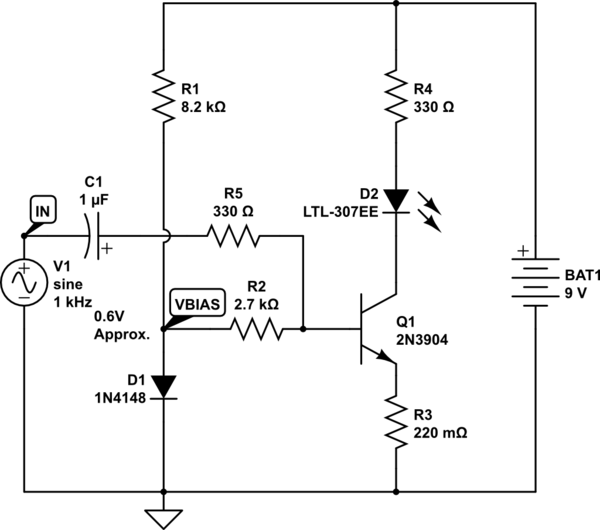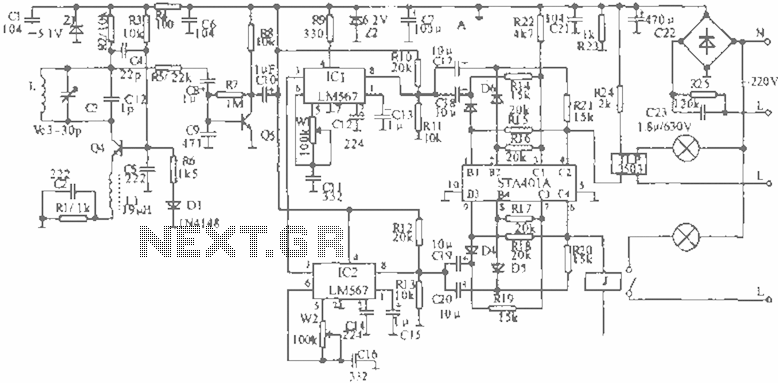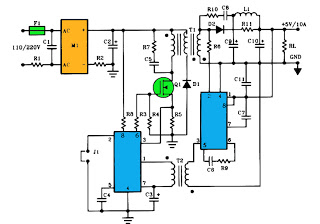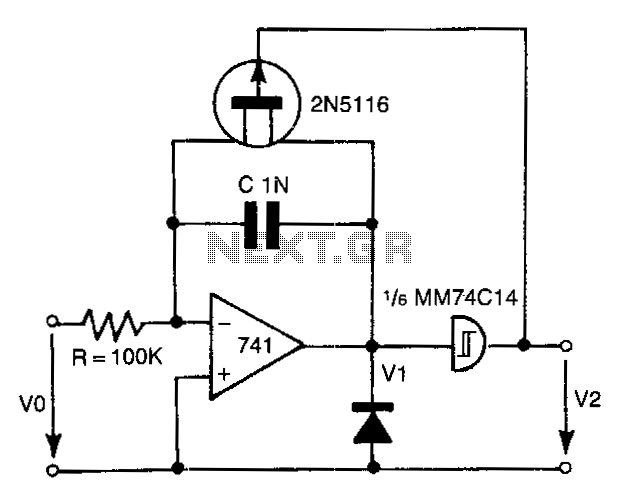
High voltage power supply
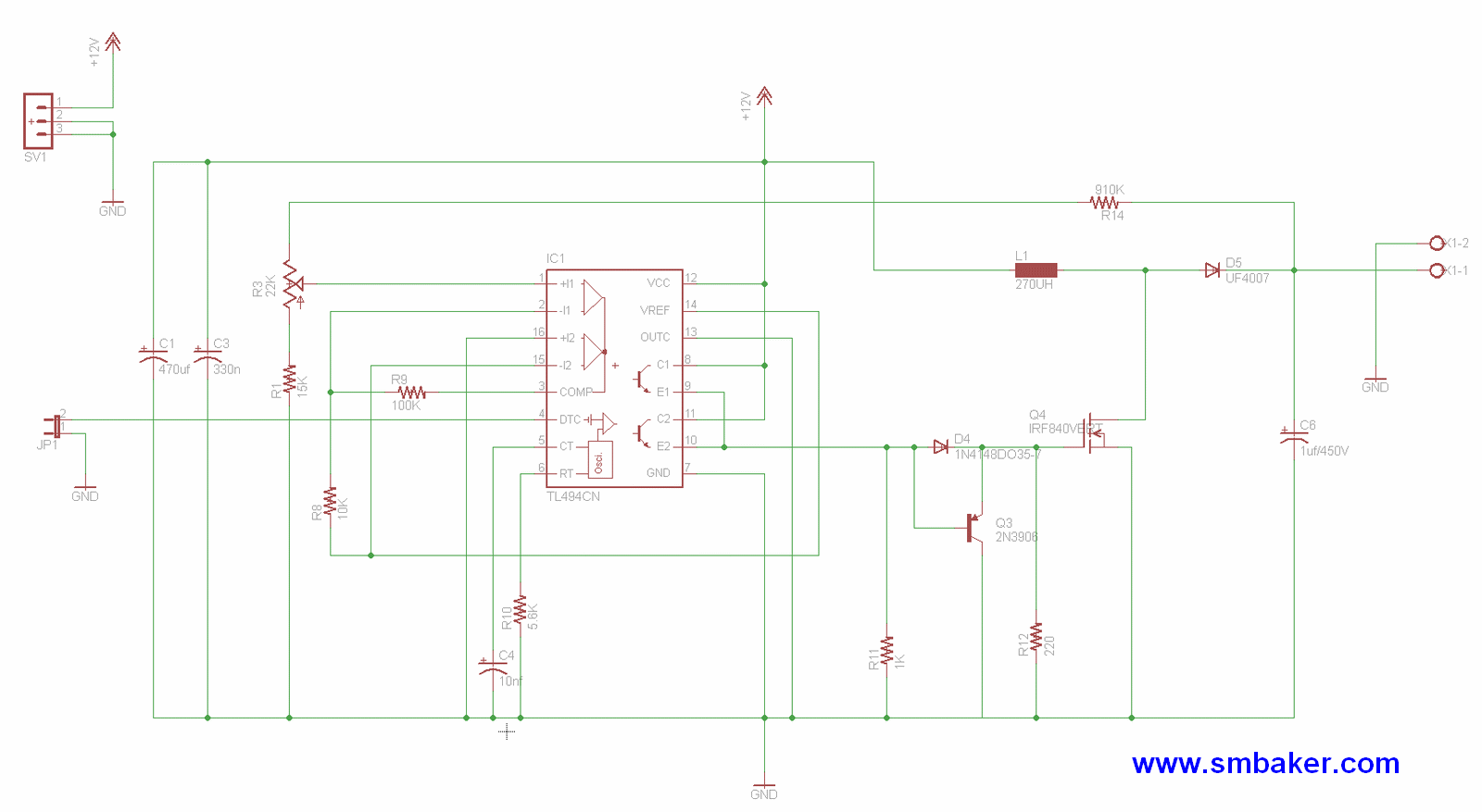
The design is based on the TubeHobby and serves as the power supply used in their NC2. This kit was constructed as an initial project involving nixie tubes, and a review of this excellent kit can be found in the reviews section of the associated blog. The circuit operates as a switch-mode power supply utilizing the widely recognized TL494 integrated circuit. It is advisable to acquire multiple units of this chip from a preferred supplier, as it is also employed in plasma speaker projects. The voltage is adjustable via a potentiometer, permitting a range of XX to YY (to be measured). The original design featured a 250V output capacitor; however, after experiencing a failure due to an excessively high voltage setting, it is recommended to use a 450V capacitor for added safety.
The circuit design for the switch-mode power supply (SMPS) based on the TL494 integrated circuit is a versatile and efficient solution for powering nixie tubes. The TL494 is a popular choice for power supply applications due to its built-in features, such as a voltage error amplifier and pulse-width modulation control, which allow for precise regulation of output voltage.
The adjustable output voltage is facilitated by a potentiometer connected to the feedback loop of the TL494. This enables fine-tuning of the voltage supplied to the nixie tubes, ensuring optimal performance and longevity. The specific voltage range (XX to YY) should be empirically determined to match the requirements of the nixie tubes in use.
In terms of component selection, the original design utilized a 250V output capacitor, which proved inadequate in certain scenarios, leading to component failure. To mitigate this risk, the use of a 450V output capacitor is strongly recommended. This higher voltage rating provides a safety margin, accommodating potential voltage spikes and ensuring reliable operation over time.
The power supply circuit typically includes other essential components such as inductors, diodes, and filtering capacitors, which help to stabilize the output and reduce ripple voltage. The choice of these components should be made carefully, considering their voltage and current ratings to match the expected load.
Overall, this switch-mode power supply design is an effective solution for nixie tube applications, providing the necessary voltage and current while ensuring safety and reliability through thoughtful component selection and circuit design.The design is based on the TubeHobby and is the power supply used in their NC2. I built this very kit as my first nixie tube project, and you can find a review of this excellent kit in the reviews section of my blog. The circuit is a switch-mode power supply based on the popular TL494. I recommend grabbing a dozen or more of these chips from your favorite supplier, as it`s also the chip used in my plasma speaker projects.
The voltage is controlled by the potentiometer, allowing a range of XX to YY (todo: measure this) with the default components. The original design used a 250V output capacitor, but after burning one of those out with a carelessly high voltage setting, I think it`s wise to have the extra leeway afforded by a 450V cap if you have one.
🔗 External reference
The circuit design for the switch-mode power supply (SMPS) based on the TL494 integrated circuit is a versatile and efficient solution for powering nixie tubes. The TL494 is a popular choice for power supply applications due to its built-in features, such as a voltage error amplifier and pulse-width modulation control, which allow for precise regulation of output voltage.
The adjustable output voltage is facilitated by a potentiometer connected to the feedback loop of the TL494. This enables fine-tuning of the voltage supplied to the nixie tubes, ensuring optimal performance and longevity. The specific voltage range (XX to YY) should be empirically determined to match the requirements of the nixie tubes in use.
In terms of component selection, the original design utilized a 250V output capacitor, which proved inadequate in certain scenarios, leading to component failure. To mitigate this risk, the use of a 450V output capacitor is strongly recommended. This higher voltage rating provides a safety margin, accommodating potential voltage spikes and ensuring reliable operation over time.
The power supply circuit typically includes other essential components such as inductors, diodes, and filtering capacitors, which help to stabilize the output and reduce ripple voltage. The choice of these components should be made carefully, considering their voltage and current ratings to match the expected load.
Overall, this switch-mode power supply design is an effective solution for nixie tube applications, providing the necessary voltage and current while ensuring safety and reliability through thoughtful component selection and circuit design.The design is based on the TubeHobby and is the power supply used in their NC2. I built this very kit as my first nixie tube project, and you can find a review of this excellent kit in the reviews section of my blog. The circuit is a switch-mode power supply based on the popular TL494. I recommend grabbing a dozen or more of these chips from your favorite supplier, as it`s also the chip used in my plasma speaker projects.
The voltage is controlled by the potentiometer, allowing a range of XX to YY (todo: measure this) with the default components. The original design used a 250V output capacitor, but after burning one of those out with a carelessly high voltage setting, I think it`s wise to have the extra leeway afforded by a 450V cap if you have one.
🔗 External reference
